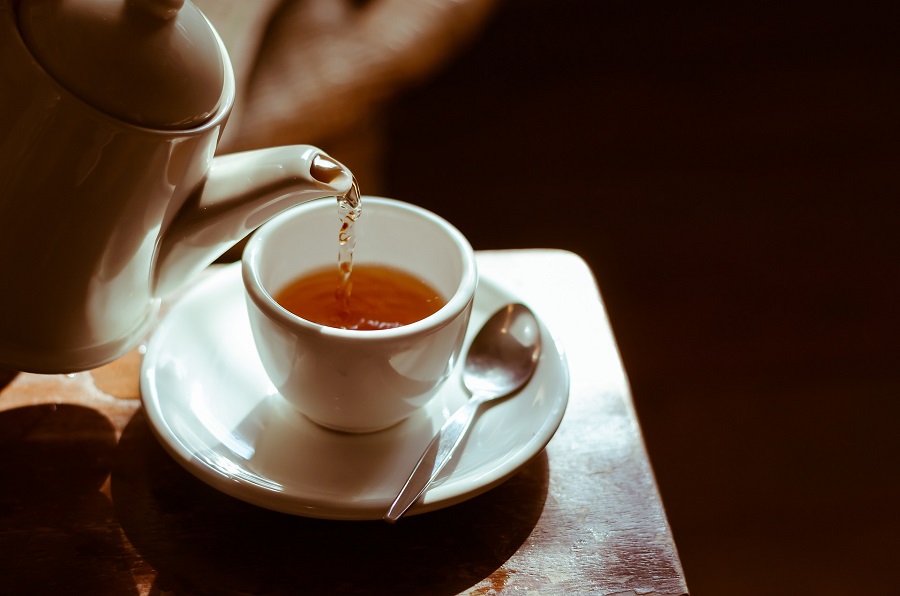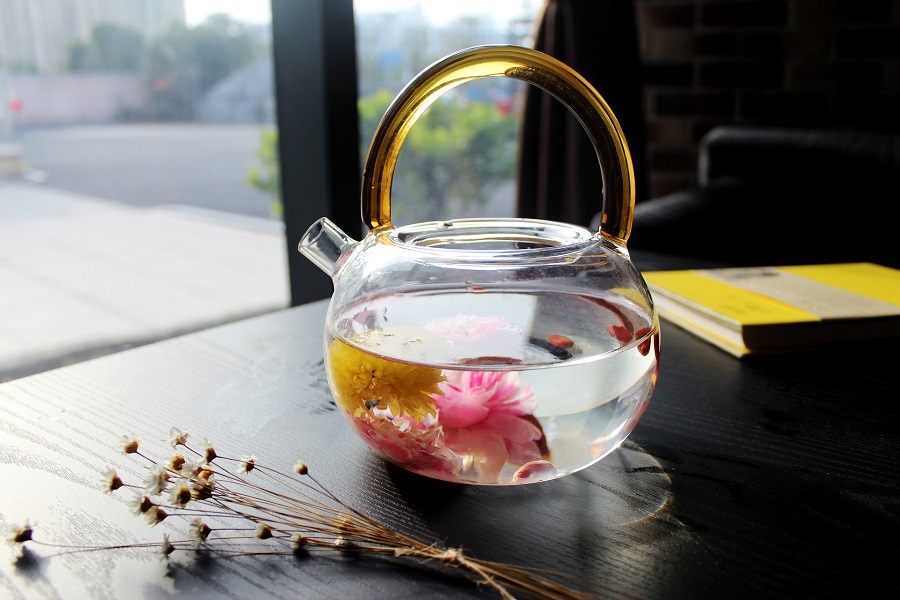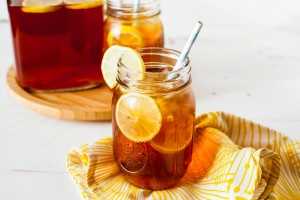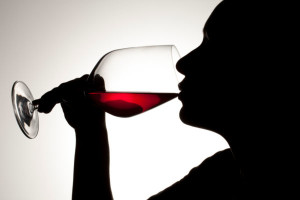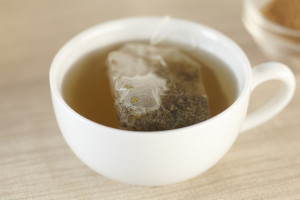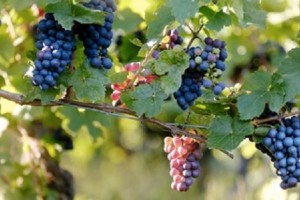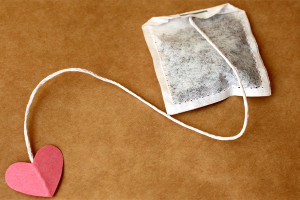How Many Calories Are in a Glass of Wine?
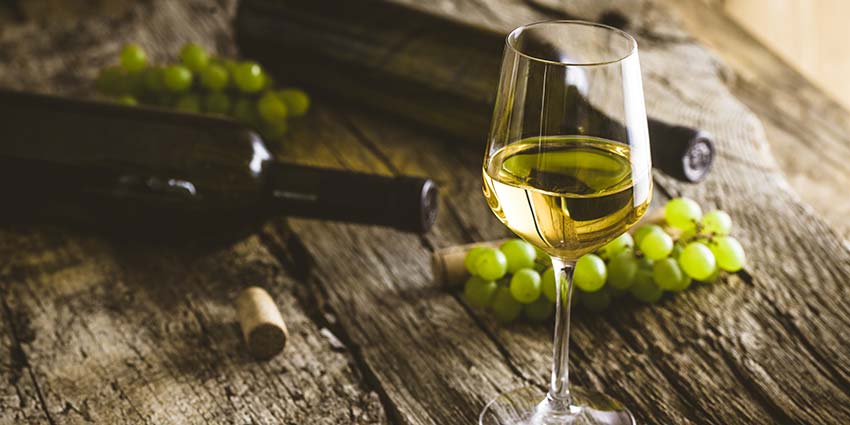
In daily life we hardly connect wine and diet together and the fact that wine contains calories is often ignored by people. To have a sip of proper wine does good to health, yet over-drink can also bring in fat issues. Let’s talk about how many calories are in a glass of wine.
Where does calories from?
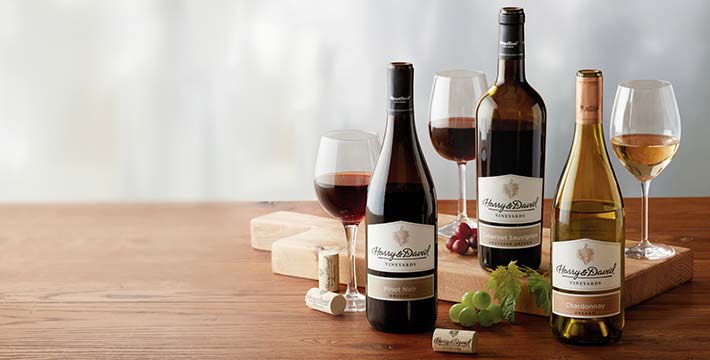
Calories come from two sources: alcohol and sugar. Of these two alcohols adds about seven calories per gram while residual sugar adds about four calories per gram. Therefore, to focus on the sweetness in the wine only is never enough, we need to know the alcohol content as well. A dry, low-alcohol wine will have the fewest calories, while a sweet, high-alcohol wine will have the most.
Here is a picture showing the wine calorie content. Alcohol by volume (ABV) shows the wine strength. The higher the ABV, the higher the calorie count.And the data is based upon a 5 oz. (150mL) glass of wine.
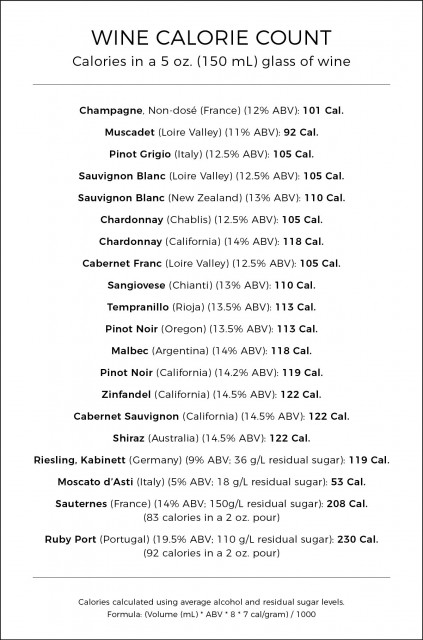
Looking through the picture, you will know that why some people keep diet in life, do exercise regularly, yet they still keep fat figure. Most people successfully escape from high calorie foods like meat and sugar, yet they are unavoidably intruded by wines. The key with drinking is doing so moderately. That is to say, have a glass of wine (5 ounces) per day for women and two for men. We have mentioned before, calories comes from both alcohol and sugar, thereby, the ABV ratio is another factor deserves our attention. According to the data, an ideal 11% or less alcohol by volume percentage is good for health. The higher the ABV, the higher the calorie counts. Here is a picture showing the calorie distribution in view of three types of wines.
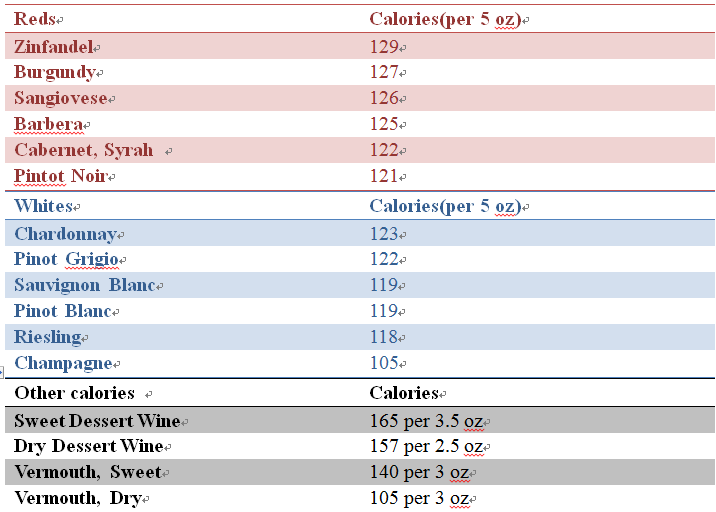
In view of this table, it is not hard to find that whites contain fewer calories than reds. So if you want to drink and don’t break the calories bank, whites are more suitable than reds. It doesn’t mean that whites are better than reds. Reds have its unique functions that cannot be replaced by whites such as reducing the risk of cancer and cardiovascular causes. Professor David Sinclair, co-director of the Glenn Labs for Molecular Biological Aging at Harvard Medical School states: “We believe resveratrol (found heavily in red wine) protects people from aging and disease.” And due to the fact that not all grapes are created equal, white wine contains resveratrol but not as much as red.
To be concluded, moderation is the key in drinking. Moderate drinking brings in healthier body, yet over-dose drinking not only results in fat issues but also kill brain cells, weakening your body.








